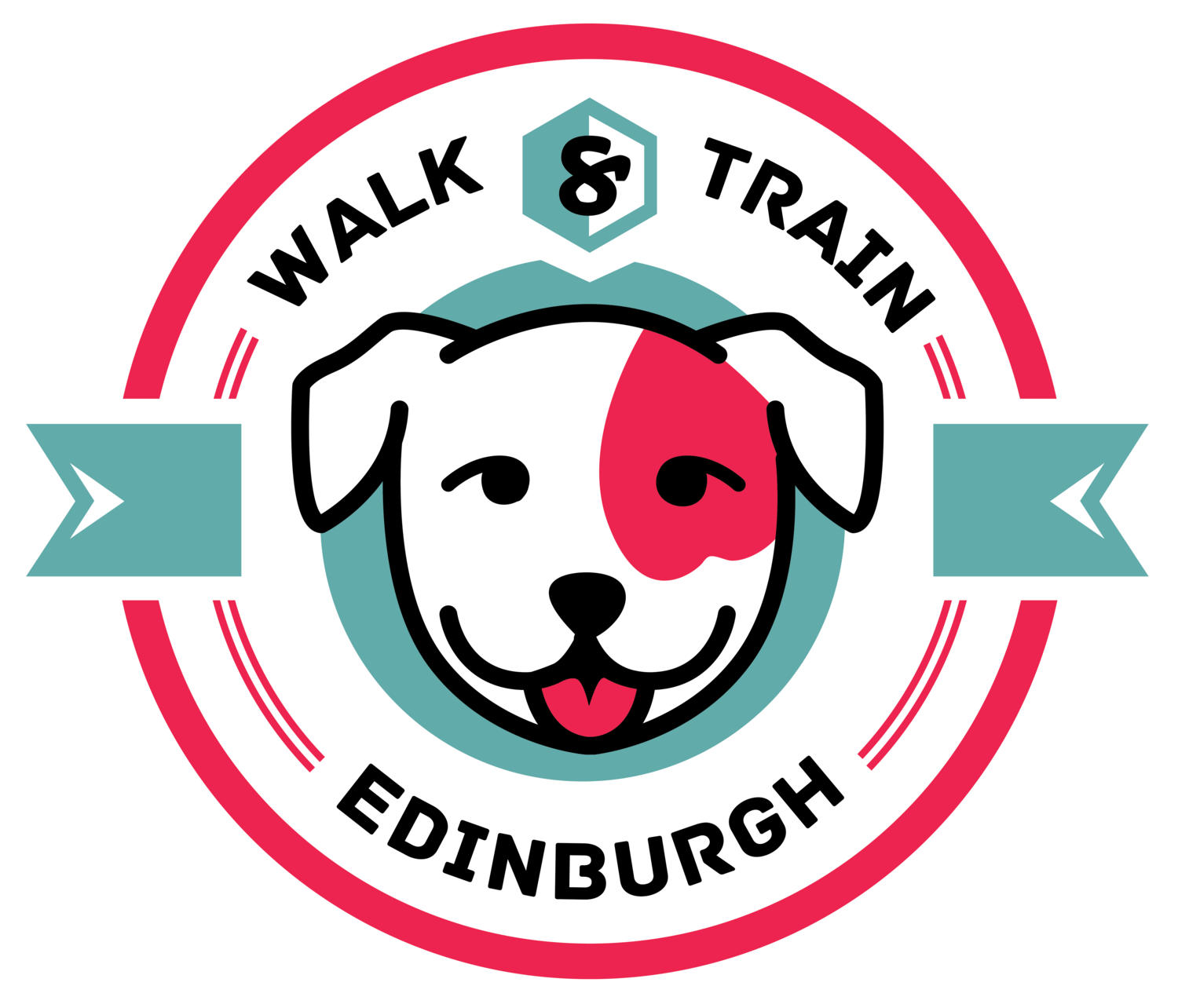Problem Solving
Dogs have a natural ability and desire to solve problems. On this picture Fausto figured out that if he could climb up on the chair, he could get a better sun tanning spot. Pretty innocent problem solving. However, if you only ever satisfy your dog’s physical needs (body), but do not provide enough mental stimulation (mind), your dog might start satisfying that need in less desirable ways. This is where the under stimulated dog gets into trouble when it figures out how to get into the trash, how to open doors, or how to get into the neighbour’s garden. To prevent these problems from happening, we want to satisfy that desire in them through more appropriate activities.
To solve a problem, the dog has to be motivated to get something out of it; getting food from the bin, accessing the owner, harassing the neighbour’s cat… (Although some highly driven dogs enjoy the process of figuring it out in itself, and need little or no reward at the end.) A very easy way to provide mental stimulation is to use food or a toy as the motivator, and by making them difficult to access, we have created a problem solving puzzle as the dog tries to figure out how to get them.
I offer my dogs’ food in different ways on almost a daily basis. A very easy way is to hide the food in different places; behind the sofa, under a rug, or on top of a chair, or to simply scatter your dog’s food across the floor or the garden. Any set up that gets to dog to use their nose makes for great mental stimulation. These activities are also suitable for dogs who get overstimulated quickly and may not be able to do more exciting activities while staying clear headed.
You can also give your dog its food on a SnuffleMat, inside treat balls or other food puzzles. Nina Ottosson make some great ones! However, these are usually pretty expensive. If you don’t mind the mess, you can also give your dog its food inside plastic bottles, cereal boxes, egg boxes, milk or juice cartons, or toilet rolls with the corners folded together. This is less suitable for strong and chewy dogs. Always supervise your dog to make sure it doesn’t eat any cardboard or plastic. If your dog prefers food to toys, you can use place the dog’s food in a muffin tin, and then place tennis balls or similar toys on top of the trey to make it more difficult to access the food. You can also hide food or a toy inside a big towel or blanket, wrapping it up snugly, and letting your dog figure it out.
If you are outside you can hide food on top of tree trunks, in the bark of a tree, or on branches. You can drop a toy in tall grass or among bushes and let your dog find it. If you find an enclosure, make sure the gate is open, and then throw a toy over the fence further away, so the dog has to make a detour to get to it.
Teaching your dog tricks is also a great way to provide more advanced problem solving opportunities. Experiment and get creative to find out what activates your dog likes the best, and keep increasing the difficulty of the tasks to keep your dog satisfied and content.

